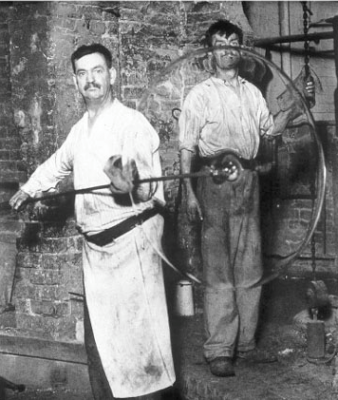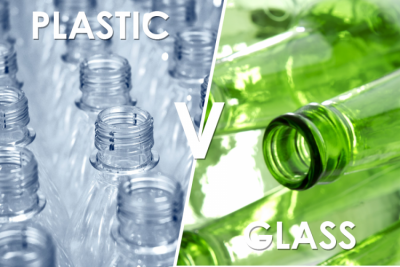How they make clothes to fit almost everyone?

The traditional tailor can take account of long arms or a spreading waistline and achieve a perfect fit. But made-to-measure clothes get more expensive every year, and the modern clothing industry has to make off-the-peg clothes that fit most people with no alteration.
One of the first proper surveys into people’s measurements was carried out by US Government, who measured 1000 recruits during the First World War to determine the best sizes for uniforms.
In Britain, 5000 women were measured in the early 1950s, with some unexpected results. Existing size charts were based on an average height for women of 5ft 6in (168cm) – but the survey found that the real average was 5ft 3in (160cm).
Today, in large companies, from a basic pattern produced by a designer, a computer produces a range of sizes to cover the normal variations of the population. Unusually small or large people complain that they can never find anything to fit them, and they are right; it does not make economic sense for manufacturers to produce the limited number of garments that would be sold.
The next step is to use the patterns to cut out the material for the garment. Rolls of material, which can be more than 100ft (30m) long, are laid out perfectly flat by machine. Hundreds of layers are spread on top of one another so that a large number of garments can be cut out at once. Computers are used to arrange the patterns on the material so that the minimum of cloth is wasted. A paper computer printout, called a marker, is laid on the layers of fabric ready for cutting.
The actual cutting of the material is done by knives guided from above, or in some modern factories, by laser beams controlled by computers. The laser, an intense beam of light, burns a clean cut through the material, far sharper than the cut of any knife.
Next, the pieces of material have to be sewn together. Many operations, such as buttonholing, can be done automatically. A hand-sewer averages 20 stitches a minute; modern machinery can sew up to 7000 stitches a minute. Some clothes are not stitched in the traditional way at all, but fused together.
Finally clothes are pressed, to mould them into the right shape and to make sharp creases or pleats. Special presses, called buck presses, are designed for each part of a garment.
Picture Credit : Google













